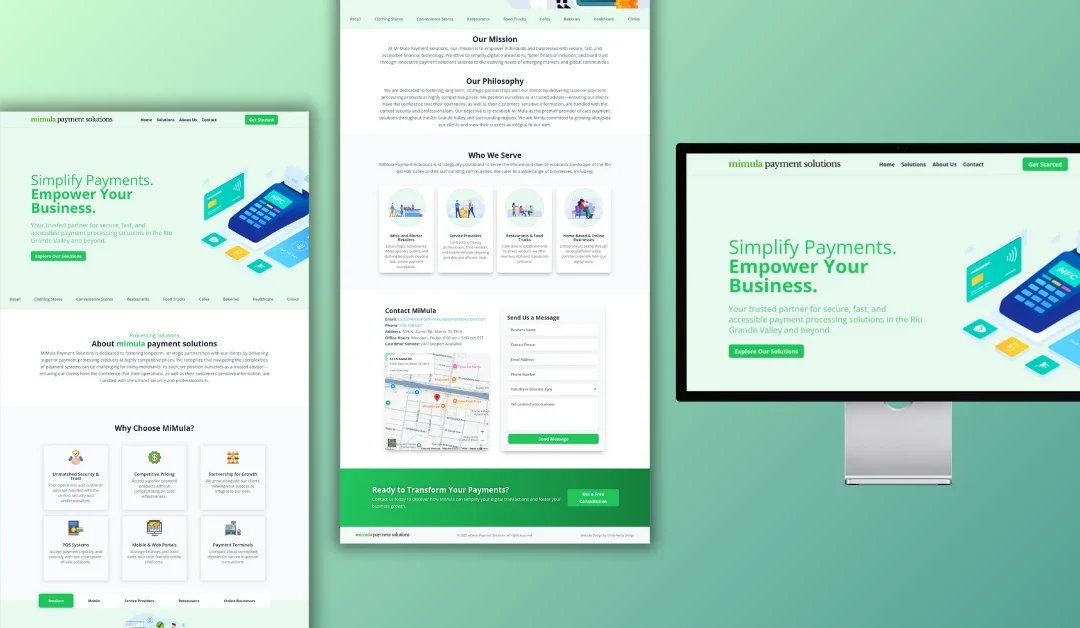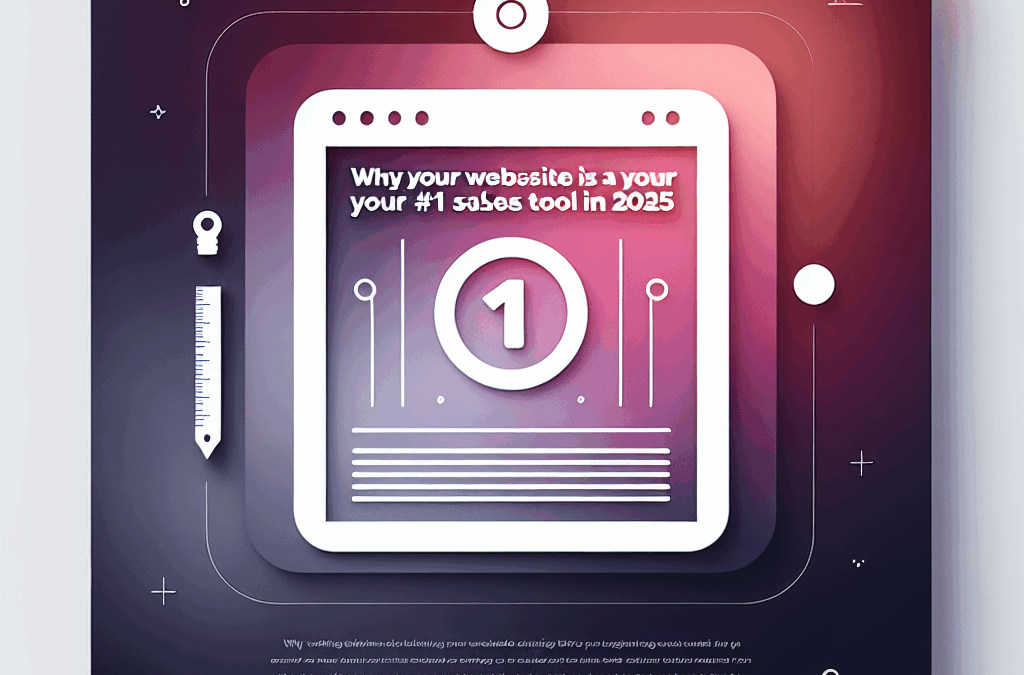Mastering API Authentication: Your Guide to a Secure Online Presence
Ever felt overwhelmed by the idea of keeping your business’s online presence secure? You’re not alone! Many small business owners in South Texas, especially in vibrant cities like McAllen, share this concern. Imagine your website as a bustling bazaar—everyone’s welcome, but some guests just shouldn’t be there, right? That’s where API authentication comes into play, acting like security at the door to your digital space.
So, how do you make sure that only the right requests get through while keeping your sensitive data closed off from prying eyes? Let’s explore this essential aspect of tech with an easy, friendly guide tailored specifically for you, the local business owner navigating the digital world.
The Basics of API Authentication
Before diving into the nitty-gritty, let’s break down API authentication’s dual roles—authentication and authorization. Think of it as a double lock on your door: one ensures guests are who they say they are, and the other only lets in those authorized to enter.
In this article, we’ll explore four popular methods of securing your API: API Keys, OAuth 2.0, HTTP Authentication, and JWT Authentication. Let’s get your digital bazaar secured!
4 Secure API Authentication Methods
1. API Keys
API Keys are like secret handshakes for your online space. These unique tokens help your API recognize who’s trying to access its resources. Usually, they come in pairs (public and private) and are sent as an HTTP header with each request.
How do they work? They’re generated within API management systems and can be sent along in your API requests. Think of it as a VIP pass that lets your guests (users) show they’re trustworthy.
Why should you use them? API Keys are straightforward and can be revoked if they ever go haywire. If one gets compromised, no worries—you can easily generate a new one!
The downside? They don’t offer robust security on their own. You’ll need to implement additional protective measures like API key rotation and rate limiting to keep things slick and secure.
2. OAuth 2.0
Think of OAuth 2.0 as the cool kid on the block that allows users to access services without blasting their passwords everywhere. It’s all about tokens!
How does OAuth 2.0 work? Users obtain access tokens via authorization grants, such as codes or passwords, and these tokens act as keys to access specific features or data.
Why use OAuth 2.0? It’s the industry standard for good reason—great security, user experience, and scalability. Plus, it keeps your credentials under wraps, making authentication less risky.
What’s the catch? This option comes with a bit of a learning curve. Setting it up securely requires multiple steps, which can be a bit much if you’re just getting your feet wet.
3. HTTP Authentication Schemes (Basic & Bearer)
This widely used authentication method is like wearing a badge to get in. There are two types here: Basic and Bearer.
Basic Authentication sends your username and password in an HTTP header. While it’s simple, it’s like keeping the door unlocked—easy for someone to sneak in.
Bearer Authentication uses a unique access token, offering a bit more security. It’s like getting a ticket that you must show for entry.
The perk? Both are pretty easy to implement, and you can still add layers like rate limiting.
The drawback: They can be complex to manage, and your API users need to keep their credentials safe.
4. JWT Authentication (JSON Web Token)
JWT is a clever way to handle authentication with tokens that pack a punch! This method wraps user information into a signed and encrypted JSON format.
How does JWT work? When a user logs in, they get a token with their credentials. They can use that token in future requests, making the process suave and secure.
Why choose JWT? It’s highly secure (the tokens are cryptographically signed), flexible, and can be used across multiple requests without breaking a sweat.
What are the pitfalls? Storing sensitive user information as tokens can be risky if not handled right. Plus, don’t forget! Tokens have expiration dates—they need refreshing, which might get tricky.
Picking the Right Method for Your Business
Selecting the right authentication method is key to ensuring your project meets its goals. For simpler applications, API Keys work just fine. But for those looking for more security and convenience, OAuth 2.0 or JWT might be right up your alley.
With strong authentication, you can protect sensitive information, ensuring your online environment stays safe from unwanted guests, just like you would at a gathering.
At Ericks Web Design, we understand the local landscape and know how essential a solid, professional online presence is. From custom-built websites that support marketing goals to savvy integrations, we’re here to guide you through every step.
Let’s Get Started!
Ready to take charge of your online security and transform your website from a digital ghost town into a thriving marketplace? Hit us up at Ericks Web Design to chat about how we can work together to amplify your business and keep those leads rolling in.
For more insights on website effectiveness, check out this fascinating article on Forbes about how having an updated website can boost your leads.
Let’s build something that stands out and works for you. There’s a whole digital world waiting to be explored—don’t get left behind!










